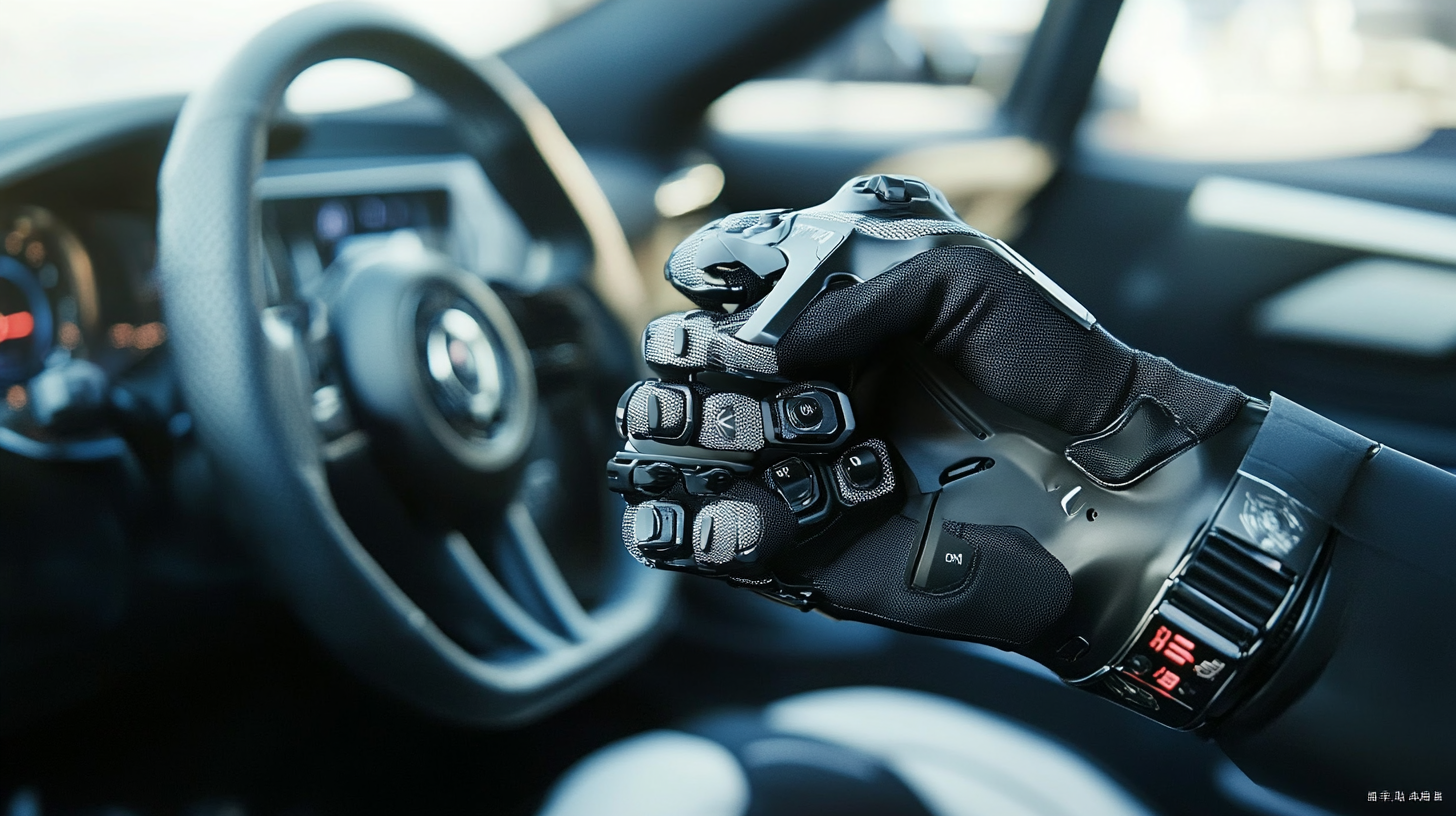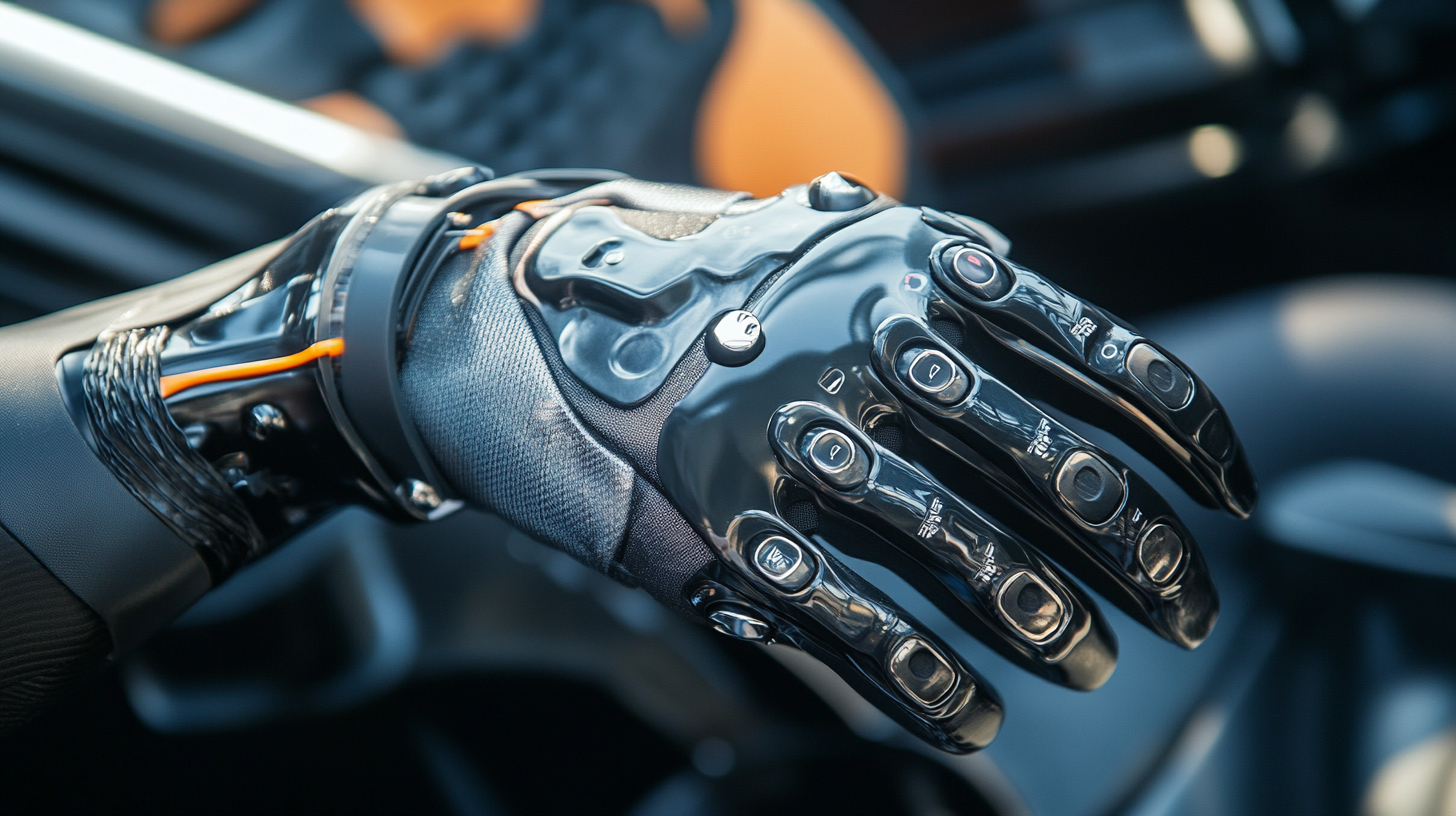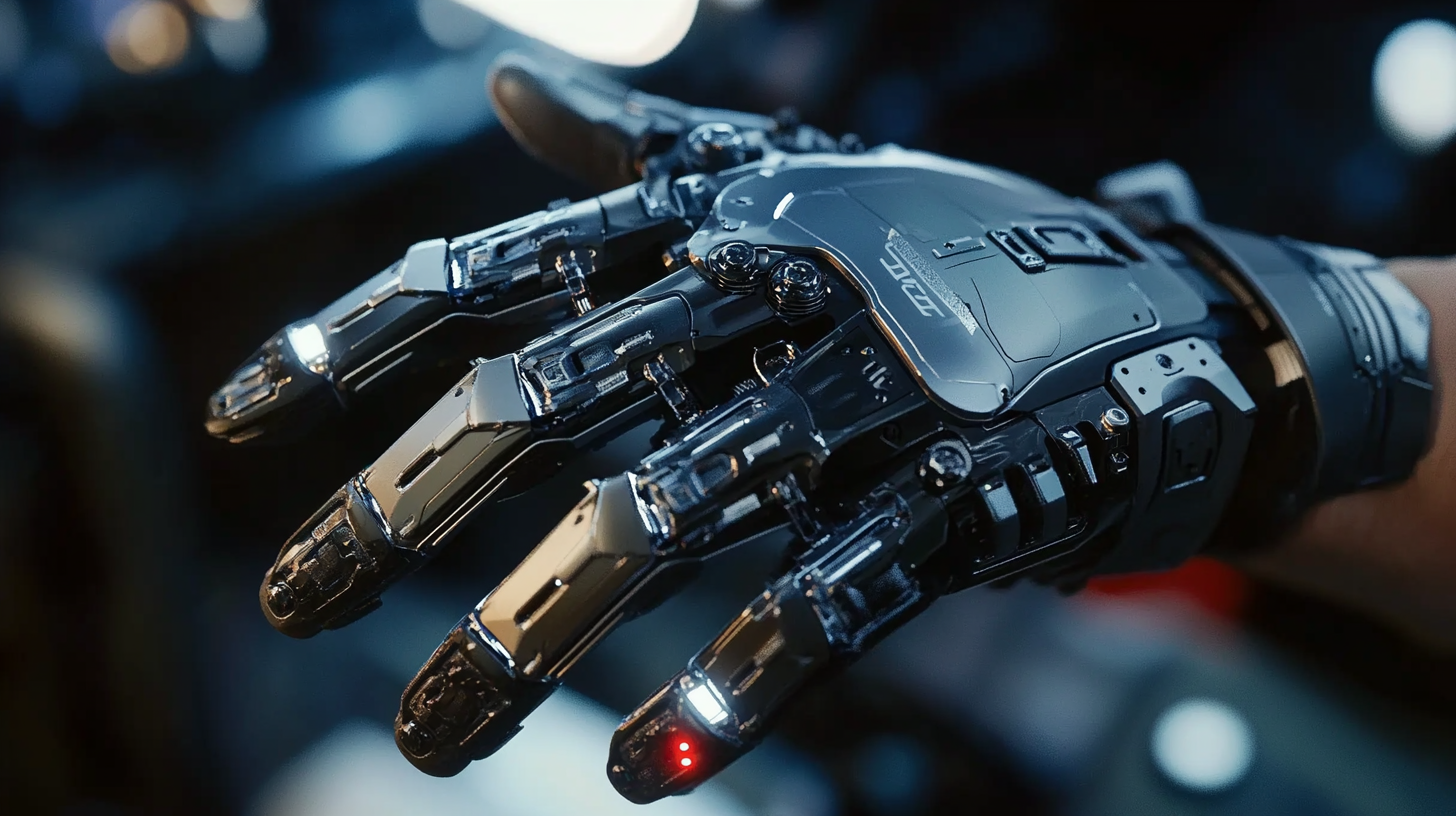2025 Global Innovations: The Ultimate Guide to Hand Controls for Cars in the Automotive Industry
Today, the automotive industry has been undergoing rapid changes and more that require innovations to address the diversified needs of the different drivers. According to a recent report from the National Highway Traffic Safety Administration (NHTSA), more than 20 million Americans are living with disabilities that reduce their capabilities to drive. This makes hand controls for cars very important vehicle design aspects. These advances will not only further mobility among individuals with disabilities but also supplement wider market trends boosting inclusivity and accessibility. The worldwide market of adaptive driving aids is predicted to reach significant heights in the coming future with a growing compound annual growth rate (CAGR) of 8.4% during the period of 2022-2030, as mentioned by MarketsandMarkets.
Driven by the newfound emphasis on ergonomic user-friendly technology, manufacturers are now equipping vehicles with advanced hand control systems designed to improve the safety and experience of the drive. Clever New Features such as custom-paragraph controls will be complemented with better "smart" technology interface integration in the already established user expectations. This guide is structured to present the latest advances in automobile hand controls, examine consumer behavior trends of the market, and dissect how these new developments will change the automotive scenario for different users in the future.

The Evolution of Hand Control Systems in Automotive Design
This increasing importance of hand controls is a reflection of the changes in the automobile industry. This change becomes apparent with respect for vehicle designs as manufacturers look to improve accessibility and user experience. According to recent studies, the demand for vehicles with high-end hand-control technology is expected to increase by 20% by 2025, owing to the rising number of drivers in need of adaptive solutions.
The hand control systems shifted from mechanical levers to sophisticated electronic interfaces seamlessly integrated with the vehicle HMI (Human-Machine Interface). According to industry reports, almost 15% of new car models debuted within the last year applied these systems, signifying their importance in fulfilling consumer expectations. The hand control systems are rapidly changing in drawing and performance alongside niche-oriented technologies, especially with the rising popularity of smart electric vehicles, for the benefit of the holistic vehicle driving experience.
This evolution is especially important as it marks a time when manufacturers are trying to create designs that are considerate of both the traditional drivers and those with physical limitations. The fame chart for the global adaptive vehicle market is showing a steep rise; projections mark the market to be worth over 5 billion dollars by 2027. Hence, it is quite apparent that the kind of transition that accessibility initiatives are creating would be here to stay in an automotive context. As we approach 2025, it would seem that hand control systems would be one such focus area in automotive design, which will, in turn, portray the automobile industry's commitment towards innovation and inclusivity.

Innovative Technologies Driving Hand Control Advancements
The automotive industry is indeed entering an era of transformation, especially when it gets to hand controls and the role that these will play in improving accessibility and enhancing the driving experience. Advanced technologies are pushing boundaries in this domain, making cars more adaptive to the distinct variability of people with mobility influences. One of the major breakthroughs has been the use of advanced sensor technologies for developing much more intuitive control systems that can precisely respond to the user's specific movements and intentions.
In addition, hand control systems that use artificial intelligence (AI) are changing the face of how a driver may interact with a car. By deriving the habits of a given user, it would customize the response of such a control set to ride with more comfort and efficiency. This kind of synergy does not only enhance driving for the disabled, but it is also aimed at developing semi-autonomous vehicles in which such hand controls would fit easily into an automated driving context.
These, along with AI, constitute adaptable hands-on manipulation interfaces towards amalgamation with personalization for a more customized driving solution. Each of these can be individualized such that every driver now can access their functionalities most prized by each one of them. As manufacturers contemplate different innovations, in the future, probably one would see much more hand control options leaning towards personal comfort and safety on the whole, ushering the automotive segment into a brighter tomorrow.

Safety Features: Enhancing Hand Controls for Drivers with Disabilities
Hand control improvements for even better acceptance of drivers with disabilities now become the focus of innovation as the automotive industry grows on more inclusive tendencies. Close to 15% of the world population lives in some form of disabilities according to the World Organization, bringing into focus the need for proper modification of vehicles for easy accessibility. Innovators and manufacturers are timely responding by embedding the latest safety features within hand control systems, assuring mobility by car for anyone and everyone.
One such area of innovation is the emerging advancement of electronic hand controls with real-time feedback systems that allow for more fine-grained user control by expecting the requirements of the driver. Recent results reported by the National Highway Traffic Safety Administration confirm that such adaptive driving technologies may reduce the accident rates for disabled drivers by as much as 30%. Supporting features such as automatic braking and lane assist provide additional layers of security so that these users can feel confident in the experience of driving.
The more dynamic companies are also focusing on customizing control options based on user feedback. A 2022 survey by the Automotive Mobility Industry Association indicated that 78% of drivers felt safer when their hand controls were customized to their liking, blending together that custom feeling with safety for a better driving experience and enhanced independence for those with disabilities. Such innovations are already headed to 2025 to change the way mobility shapes up in the market.

Customization Options for Hand Controls in Modern Vehicles
As the auto industry progresses, so does the technology for hand controls for vehicles. The latest offerings for 2025 are innovations that address newly developed configurations for increasing accessibility to these drivers who required or needed adaptive solutions. They are made for individual use to suit individual needs and preferences, making them very much personal to a driver who may have needs very distinct from his or her requirements.
Modern days come with a lot of new technologies, most of which incorporate hand control systems customized to personal specifications for each level of mobility impairment that a driver may undertook. Some manufacturers of these vehicles now present adjustable pedal and lever controls that can be personalized by height and reach, bringing about optimized comfort level to the driver using that technology. Further, advanced, modernized technology incorporates electronics controlled and mapped to perform specific functions and hence allow users to make their vehicle setup feel most natural.
Customizing an individual uses to aesthetics too, keeping in mind use of colors and materials that fire their personal styles. This underlines the fact that not only should hand controls be functional, but they should also be attractive. The more automotive brands wake up to the importance of individualized solutions, the more hand controls in the future will be made not only to fit personal expression but also diversity in driving preferences, paving the road to possibilities in attaining a truly inclusive automotive landscape.
Future Trends: What to Expect in Hand Control Innovations by 2025
Advances in hand control technologies are just some of the improvements consumers can anticipate from the automotive mobility industry in 2025. They are consistent with a gradual but inevitable trend towards including new technology into the everyday experience of driving. A complex, modern hand control system will have features appealing to younger people who need a smart and customizable product, not just drivers with impairments. Such design and functionality are congruent within the growing consumer expectations seen in other markets, like parceling out collectible figurines to Gen Z consumers in China.
The upcoming technology would further enhance the hand control interfaces and probably include biometrics and artificial intelligence features to establish adaptive systems learning to behave and preference from the user. Innovations would make hand controls intuitive, responsive, and seamlessly connecting with the overall smart technology in the vehicle. With the advancement in robotics, similar developments will be observed with dexterous manipulation devices to automotive hand controls, bringing a new era when driving becomes more accessible and personalized.
Furthermore, it will redefine the way drivers interface with their vehicles, just like human-like robots being developed. It's definitely beyond just function. It will automate all tedious behavioral tasks and make transitions smooth between human and automated driving, which improves safety, as well as user experiences. By 2025, hand controls will be redesigned to assure that they comply with the law and made attractive to this tech-savvy and cultured generation, which will open the gates to a more inclusive automotive landscape.